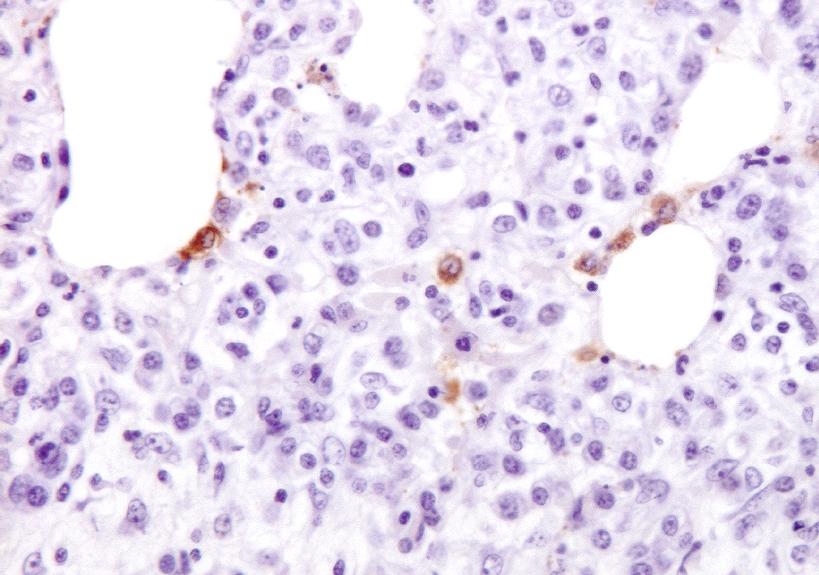Evaluation of hydrophobic chitosan-based particulate formulations of porcine reproductive and respiratory syndrome virus vaccine candidate T cell antigens
PRRS control is hampered by the inadequacies of existing vaccines to combat the extreme diversity of circulating viruses. Since immune clearance of PRRSV infection may not be dependent on the development of neutralising antibodies and the identification of broadly-neutralising antibody epitopes have proven elusive we hypothesised that conserved T cell antigens represent potential candidates for development of a novel PRRS vaccine. Previously we had identified the M and NSP5 proteins as well-conserved targets of polyfunctional CD8 and CD4 T cells. To assess their vaccine potential, peptides representing M and NSP5 were encapsulated in hydrophobically-modified chitosan particles adjuvanted by incorporation of a synthetic multi-TLR2/TLR7 agonist and coated with a model B cell PRRSV antigen. For comparison, empty particles and adjuvanted particles encapsulating inactivated PRRSV-1 were prepared. Vaccination with the particulate formulations induced antigen-specific antibody responses, which were most pronounced following booster immunisation. M and NSP5-specific CD4, but not CD8, T cell IFN-? reactivity was measurable following the booster immunisation in a proportion of animals vaccinated with peptide-loaded particles. Upon challenge, CD4 and CD8 T cell reactivity was detected in all groups, with the greatest responses being detected in the peptide vaccinated group but with limited evidence of an enhanced control of viraemia. Analysis of the lungs during the resolution of infection showed significant M/NSP5 specific IFN-? responses from CD8 rather than CD4 T cells. Vaccine primed CD8 T cell responses may therefore be required for protection and future work should focus on enhancing the cross-presentation M/NSP5 to CD8 T cells.
